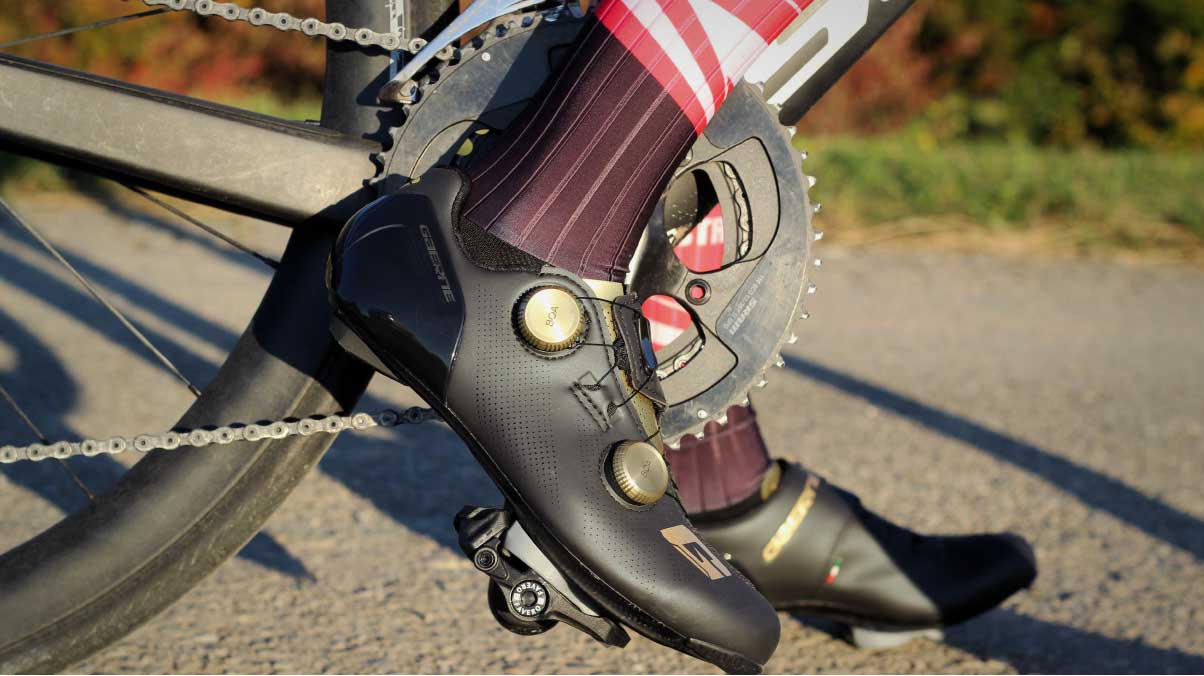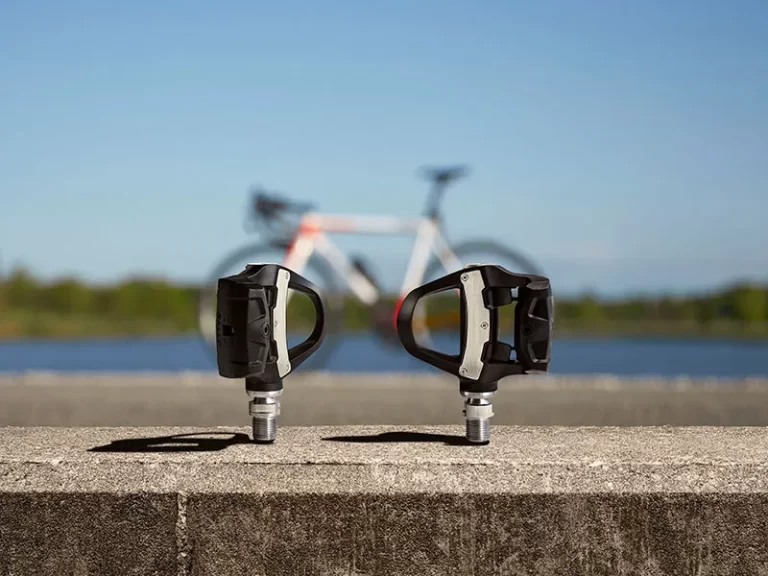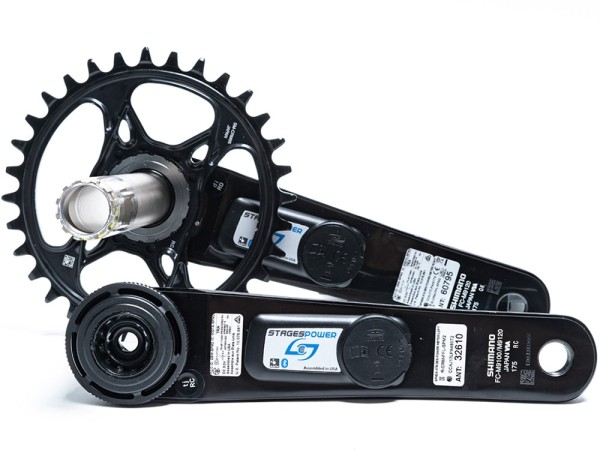Power Meter Data Analysis for Cyclists: Unlocking Training Insights
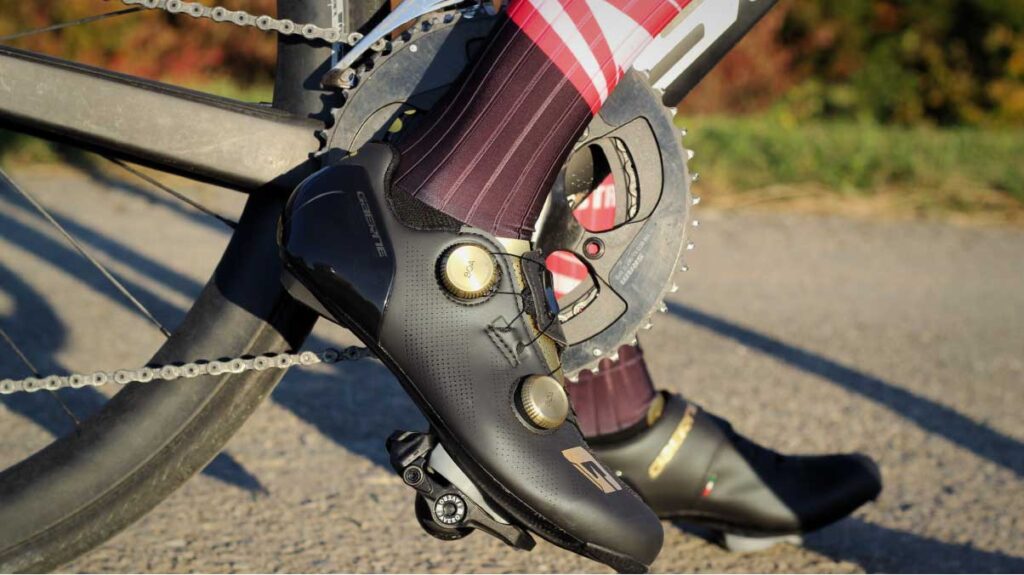
Key Point Summary of Power Meter Data Analysis for Cyclists:
- Understanding Power Output: Learning what your numbers mean in the context of your fitness and training goals.
- Interpreting Data: Identifying trends and patterns that inform training adjustments.
- Training Insights: Gaining actionable insights to tailor your training for improved performance.
Harnessing the power of data can transform a cyclist’s approach to training, making every pedal stroke a step towards improved performance. As a masters cyclist who has traversed various terrains and competed across disciplines, I’ve come to appreciate the profound impact that data analysis can have on training. Power meter data analysis, in particular, offers a wealth of insights, providing a detailed picture of your efforts and highlighting areas for improvement.
The Foundation of Power Meter Data Analysis
Power meters revolutionized training by providing real-time, quantifiable metrics that reflect a cyclist’s effort irrespective of external conditions. Analyzing this data allows cyclists to understand their power output, making it easier to set realistic training and racing goals.
Interpreting Your Data
Interpreting power meter data can seem daunting at first, but understanding a few key metrics can unlock valuable insights:
- Average Power: Offers a snapshot of your overall effort during a ride. Comparing average power across different rides can help gauge improvements in endurance.
- Normalized Power (NP): Provides a more accurate representation of the effort for rides with varied intensity, helping to plan recovery and manage fatigue.
- Functional Threshold Power (FTP): The highest average power you can sustain for an hour, serving as a cornerstone for training zones and intensity levels.
- Power-to-Weight Ratio: A critical metric for climbing performance, emphasizing the importance of both power output and weight management.
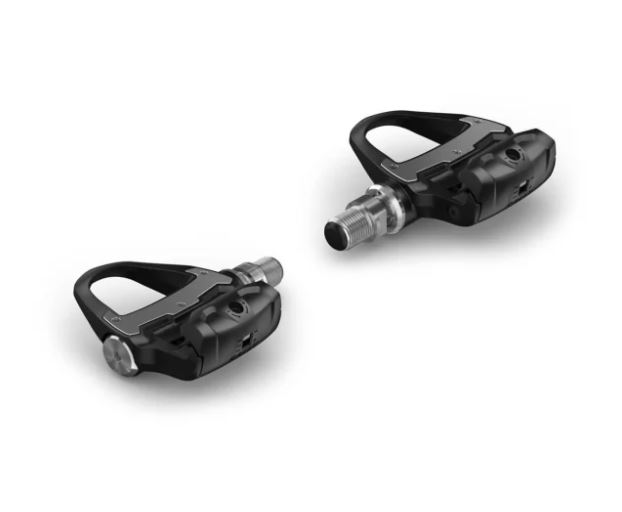
Gleaning Training Insights
With a grasp of the basics, cyclists can dive deeper, analyzing power data to refine training plans:
- Identifying Strengths and Weaknesses: Power data can reveal whether you excel in short, explosive efforts or longer endurance rides, guiding your focus in training.
- Training Zone Adjustments: By regularly testing your FTP and adjusting your training zones accordingly, you ensure your workouts remain challenging and effective.
- Recovery Management: Tracking changes in metrics like Heart Rate Variability (HRV) alongside power data can signal when to prioritize recovery to prevent overtraining.
Practical Applications and Reflections
Incorporating power meter data into my training regimen has been a game-changer. I remember preparing for a particularly grueling cyclocross season, where analyzing interval workout data helped me fine-tune my anaerobic capacity, turning what used to be my weakness into a competitive edge. Similarly, long endurance rides in the mountains became more structured as I focused on maintaining specific power outputs to boost my endurance without overreaching.
Power Meter Data Analysis for Cyclists: In Conclusion
Power meter data analysis is not just about collecting numbers; it’s about interpreting those numbers to make informed training decisions. For cyclists at the beginning of their data journey, start with understanding and tracking fundamental metrics like average power, NP, and FTP. Gradually, as you become more comfortable, delve into more nuanced analysis to tailor your training more precisely to your goals. The goal is to use data as a tool to complement your training intuition, not replace it. With a thoughtful approach to data analysis, every ride becomes an opportunity to learn, improve, and ultimately, excel.

For data-driven cyclists seeking advanced analysis, here are alternative top-notch power meters:
1. Favero Assioma Duo
- Precision: Offers accurate dual-sided power measurements and cadence data.
- Ease of Installation: Pedal-based system for simple setup and bike swaps.
2. SRM PowerMeter
- Benchmark for Accuracy: Renowned for its gold-standard precision in power measurement.
- Durability: Exceptional build quality suited for professionals and serious enthusiasts alike.
3. 4iiii Precision 2.0
- Cost-Effective: Offers high accuracy at a more accessible price point.
- Compatibility: Easily attached to your existing crank arm, suitable for a wide range of bicycles.

These power meters stand out for their reliable data collection, aiding cyclists in optimizing their training through detailed performance analytics.
FAQ
How do you Analyse power data cycling?
To analyze power data in cycling, you typically review metrics like average power, normalized power (NP), functional threshold power (FTP), and power-to-weight ratio, often using software or apps like TrainingPeaks or Strava. You look for trends over time, compare data against training zones, and assess performance in various conditions to inform training adjustments.
How do you calculate power meter in cycling?
Power in cycling is calculated by a power meter, which measures the force you apply to the pedals and the angular velocity of the crankset. The formula used is Power (Watts) = Torque (Newton meters) x Cadence (revolutions per minute) / 9.5488. Power meters automatically perform this calculation and display the output in real-time.
How do you measure the power of a cyclist?
The power of a cyclist is measured using a power meter, a device fitted to the bike (e.g., in the crankset, pedals, or wheel hub) that detects the rider’s force and cadence to calculate and display power output in watts. This enables cyclists to monitor and analyze their performance accurately.
Ride on
John
